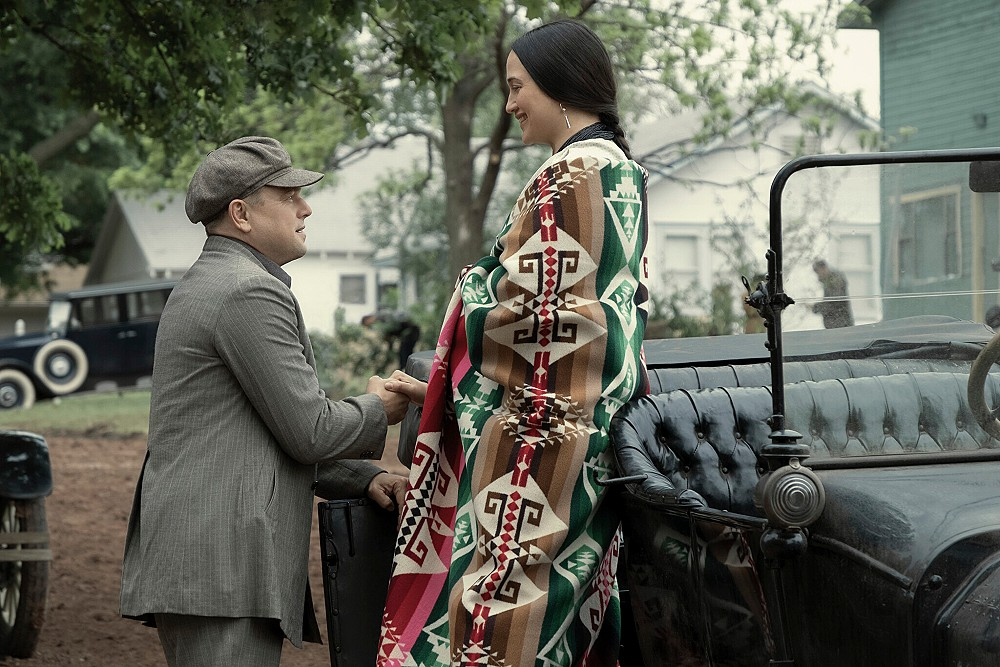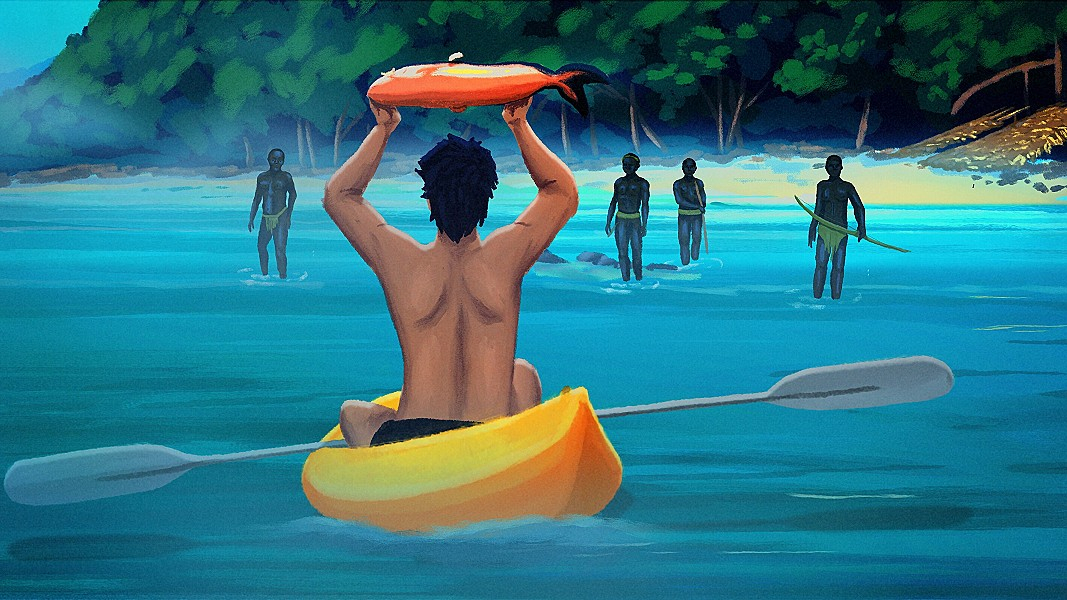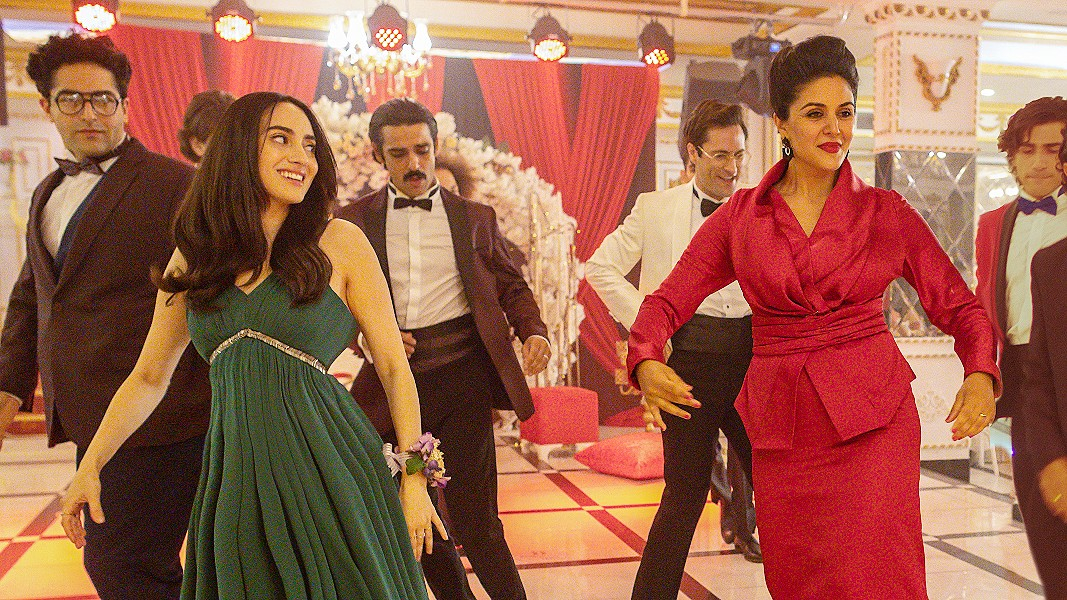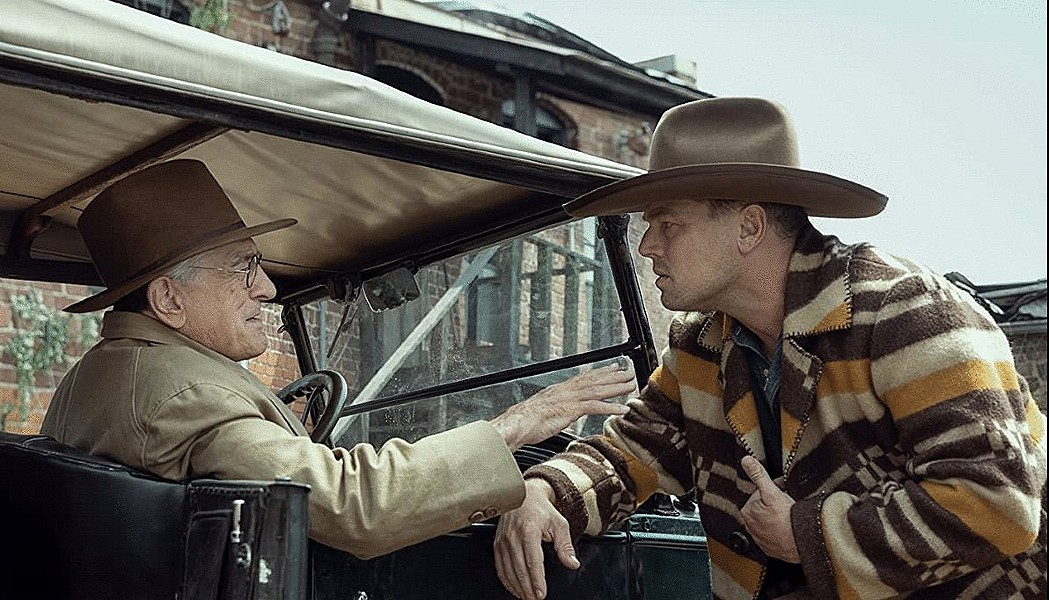The film of the year has arrived. I know it's early to say that but check out Killers of the Flower Moon and see if you don't agree. It's a history lesson, a stab at whites who were sure they were superior over Indigenous people and, for good measure, a love story.
Also there are two others: The Mission about the perils of taking the word of Jesus to primitive communities and The Persian Version with a feel-good outcome to a mother-daughter dispute.
If you're in Toronto, you've also got Anatomy Of A Fall a fine movie that won the top prize at Cannes, only the third time ever that a woman director won the Palm D'Or. It's a mystery and court room drama and deserves all those accolades. Just one city now; I'll get to it next week when it goes wider.
These are here now:
KILLERS OF THE FLOWER MOON: Almost everybody is calling Martin Scorsese's latest a masterpiece. I will too though with this proviso: I don't think he needed 3 ½ hours to tell his story; 2 ½ would have been ample. Even, though, as it is, it never slows down in telling its tale from American history about settler supremacy over the Indigenous people they moved aside (and worse) and local land barons who acted like gangsters (a Scorsese specialty). And it wraps it all around a love story that not only illuminates those themes and shows the self-delusions the white men in the old west carried.

Leonardo DiCaprio, in a fine performance, represents that side of the historical record. He's a go-along fellow and slow to question the motives of his uncle (Robert De Niro). Lily Gladstone, a new face to me, is luminous as DiCaprio's wife. Tantoo Cardinal is a relative, and regular Scorsese actors are scattered throughout the huge cast. Robbie Robertson wrote the music, his last before he died.
The situation depicted was real. In the 1920s, the Osage Indian band was moved off their land to what seemed like wasteland. But they found oil there and immediately became among the richest people in America. They also attracted vultures who were after that money. Marrying a native woman was a good way; under law she had no rights to control her own wealth. More extreme: if she died the man would inherit all she had. In a four-year period some 60 were killed or went missing.
There are surprises along the way, including one at the end, which I won't spoil. But as a study of racism and white supremacy the film is passionate yet not overblown. Scorsese leaves that up to us. (In select theaters and TBA on Apple TV+) 4½ out of 5)
THE MISSION: Here's another look at white supremacy although looking at it as a man trying to be a white savior is more correct. Imagine an island where people have never had contact with the outside world. It's the North Sentinel island off the coast of India. Now imagine a young American raised on adventure stories like Robinson Crusoe and even Tin Tin and motivated by them and the message heard at his religious school: "Every tribe needs exposure to the gospels." John Chau took on that mission. He researched and found the island "full of unknown people who may want to kill us." Some gaps in the story are filled with animation.

What happened is not definite. He died there, but how is not clear. We hear his words spoken by an actor, about his urge to fulfill "The Great Commission" (bringing Jesus to all). "where no one has gone before" and "an Indigenous person is waiting." A friend says he was trying to win the respect of his father, a psychiatrist. Whatever drove him, the film confronts this white man-as-savior complex and makes you ponder the borders between faith, fantasy and madness. It's from National Geographic which did as much as anybody to send white explorers into primitive societies. (Theaters in Toronto, Edmonton, Vancouver, Montreal and Ottawa) 3½ out of 5
THE PERSIAN VERSION: It's an immigrant story but a funny and even joyful one. It has some of the tone that made My Big Fat Greek Wedding so successful. Two weddings and a lot of celebratory dancing help with that. And it has a touching story about mother-daughter friction, that apparently writer-director Maryam Keshavarz drew on her own life for inspiration. The friction couldn't be more extreme. Leila, played by Layla Mohammadi, is a lesbian who wants to direct films. Her mom (Niousha Noor) is critical all around. She tells how she brought the family from Iran to Brooklyn, N.Y. and started a successful real estate career, She wants her daughter to do something worthy also, except that Leila accidentally sleeps with a guy (thinking he's a drag performer) and gets pregnant.
How can it recover its buoyant tone after that?

By concentrating more on the mother's story. Leila learns from her grandmother there was a scandal that made her mother leave Iran. As she searches that out, Leila discovers more about her than she ever knew. It seems they're not that different after all. And the film leaves you feeling cheery and buoyant after all. It won a big award at Sundance, where the audience loved it. (In theaters) 4 out of 5


Comments